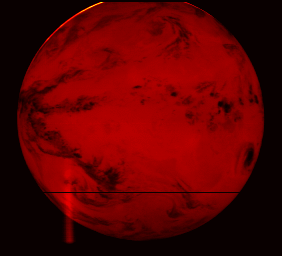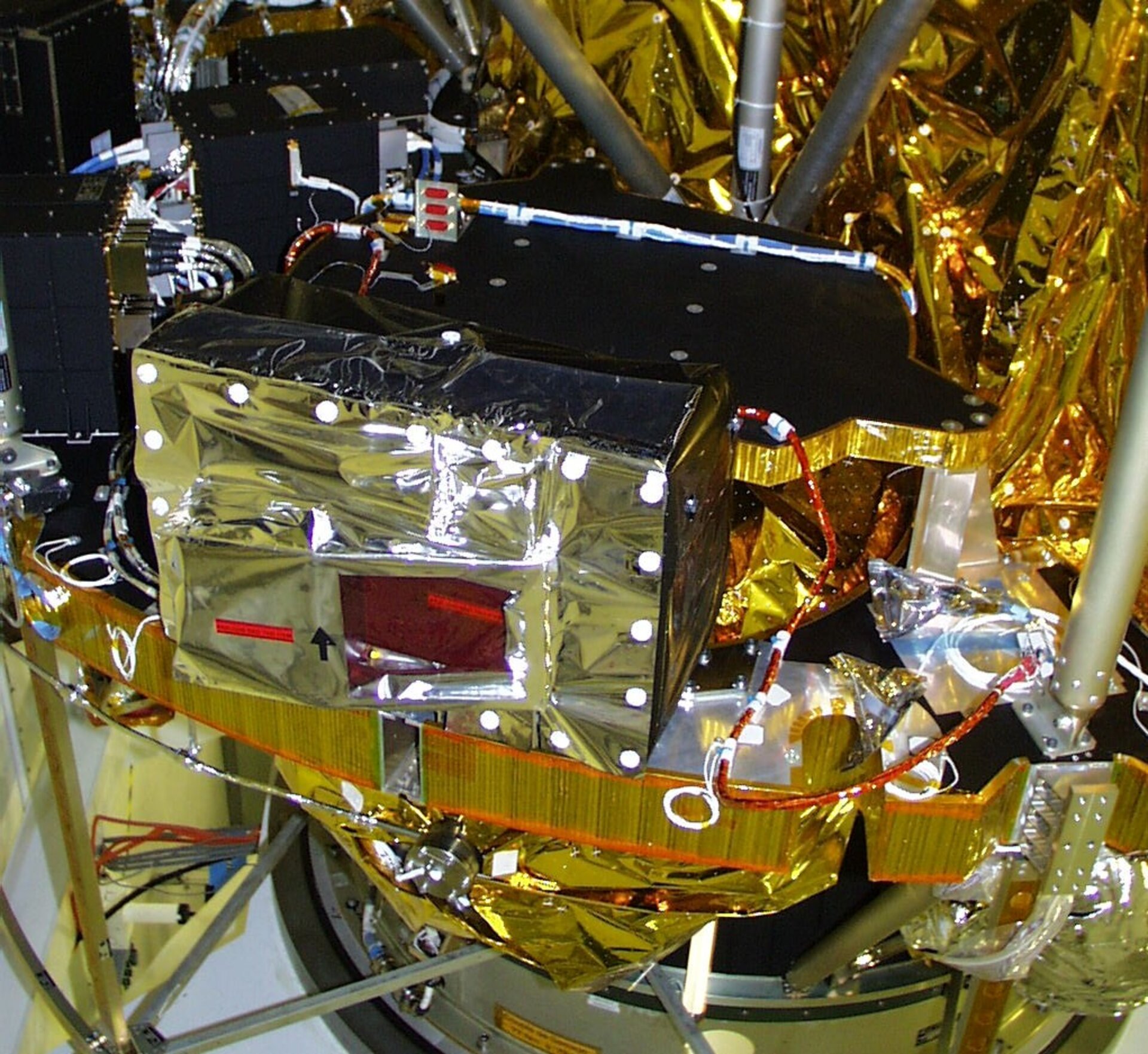GERB: an instrument to understand the climate's caprices
MSG has been designed to accommodate a scientific payload in addition to the operational meteorological payload.
A one-year feasibility study of a specialized instrument able to monitor the Earth's Radiation Budget (ERB) at the top of the atmosphere (TOA) from geostationary orbit was carried out under ESA contract in 1993. After an Announcement of Opportunity in 1994, a consortium led by the United Kingdom, with Italy and Belgium as partners, proposed flying such an instrument on MSG.

The ERB is the balance between the radiation coming from the Sun and the outgoing reflected and scattered solar radiation, plus thermal infrared emissions, to space.
The GERB instrument (Geostationary Earth Radiation Budget), can make a unique contribution to the understanding of the Earth's climate balance, since such measurements have never been carried before from geostationary orbit.
Key GERB design features
- Three mirror anastigmatic system
- Wide band linear detector array
- Rotating scan mechanism
- Channel separation via quartz filter
- Black body for thermal calibration
- Solar diffuser for short-wavelength calibration
- Passive thermal design
- Separate optics and electronics units
Instrument characteristics
At the core of the GERB instrument is a broad-band, three mirror telescope housed in the Instrument Optical Unit. This views the Earth with a black wide-band detector array, providing measurements of the Earth's output radiation in a total band, and a short-wave band. The long-wave band is obtained by subtraction.


